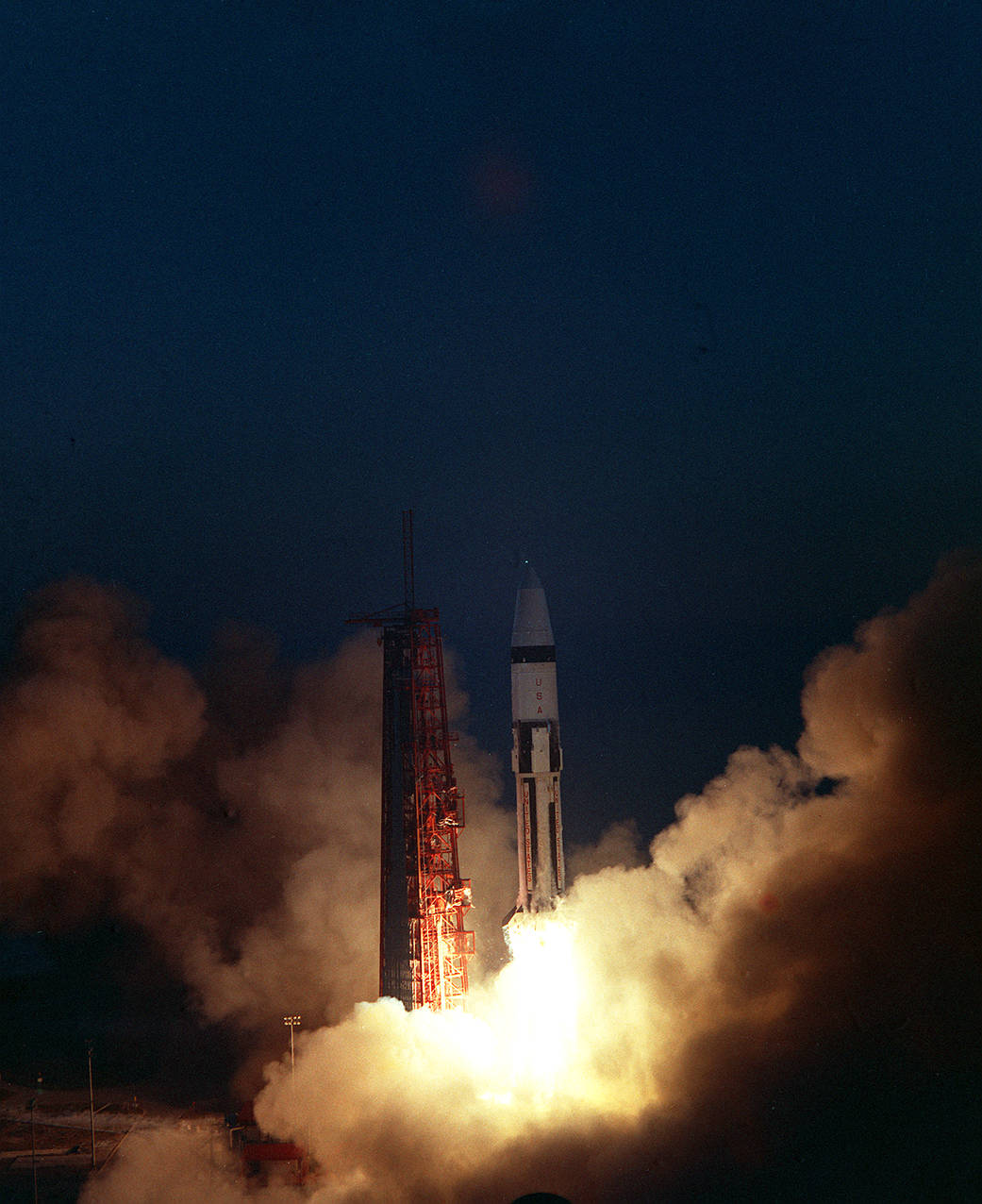This week in 1968, Apollo 5 launched from NASA’s Kennedy Space Center. The primary mission objectives, including the verification of the Apollo Lunar Module ascent and descent propulsion systems and the evaluation of the S-IVB stage instrument performance, were successfully met. The S-IVB — which served as the second stage on Apollo 5’s launch vehicle, the Saturn IB — was managed by the NASA’s Marshall Space Flight Center. Today, Marshall is developing NASA’s Space Launch System, the most powerful rocket ever built, capable of sending astronauts to the Moon, Mars and deeper into space than ever before.
The NASA History Program is responsible for generating, disseminating and preserving NASA’s remarkable history and providing a comprehensive understanding of the institutional, cultural, social, political, economic, technological and scientific aspects of NASA’s activities in aeronautics and space. For more pictures like this one and to connect to NASA’s history, visit the Marshall History Program’s webpage. (NASA)





























